This trailer's spare tire looks brand new—it still has all of the little rubber "hairs" left by the the mold that created it—but the codes molded into the sidewall indicate it is 16 years old. It needs to be replaced.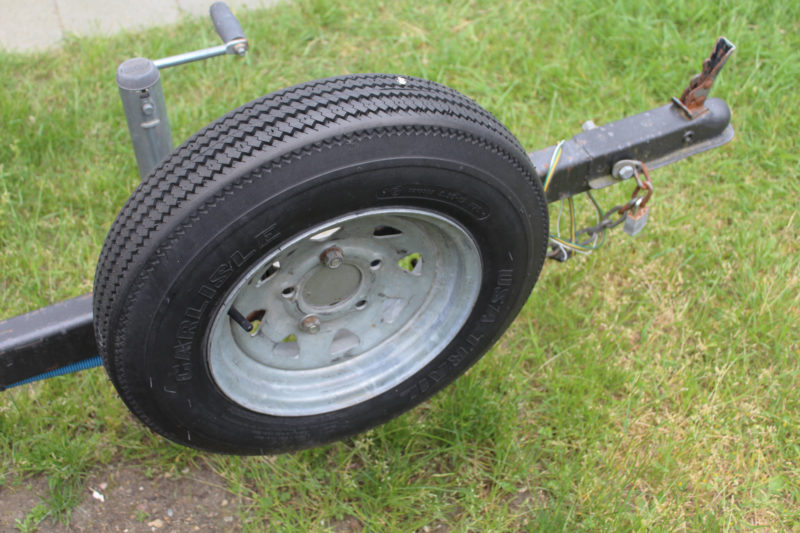 SBM photograph
SBM photograph
Join The Conversation
We welcome your comments about this article. If you’d like to include a photo or a video with your comment, please email the file or link.
Comments (6)
Leave a Reply
Stay On Course



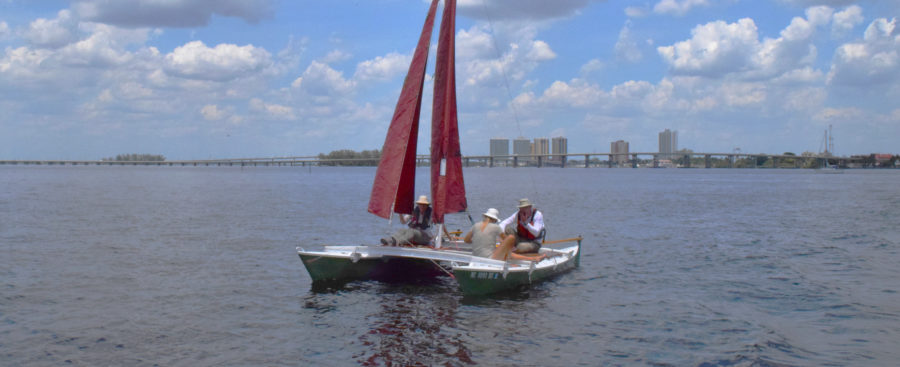
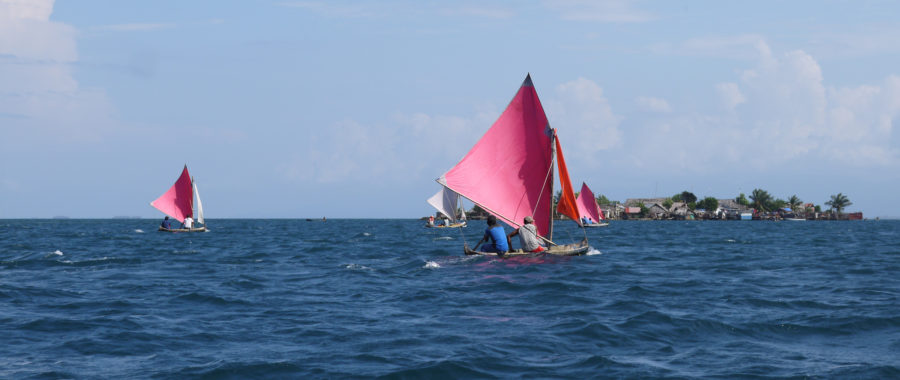
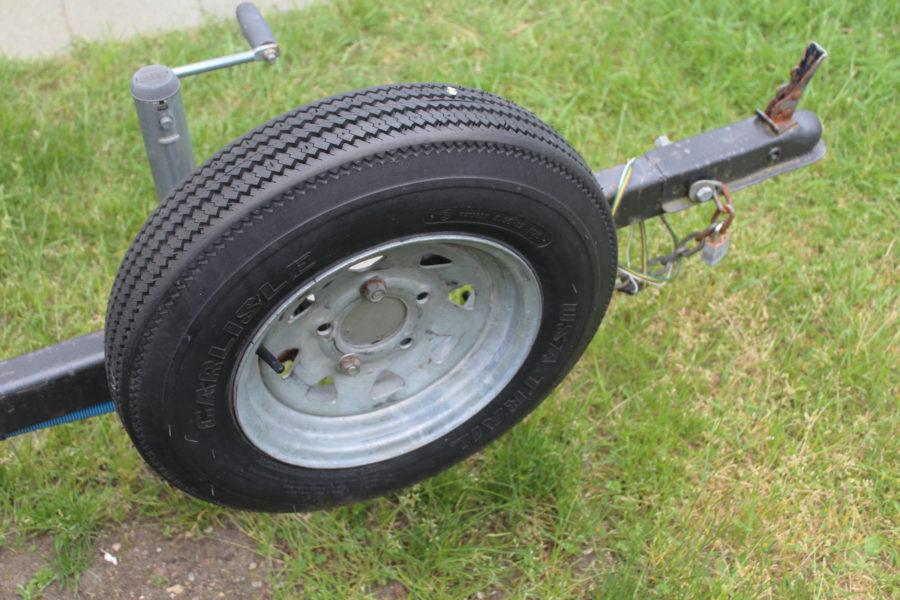
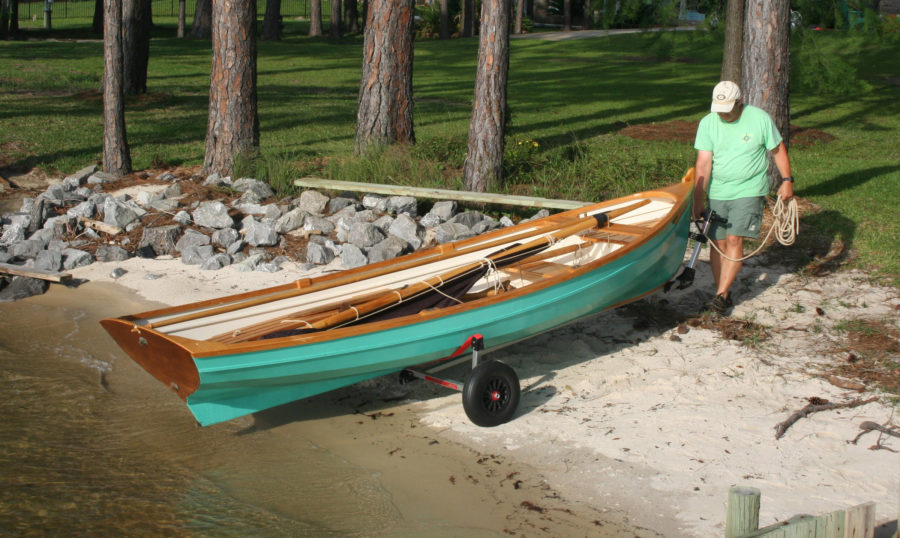

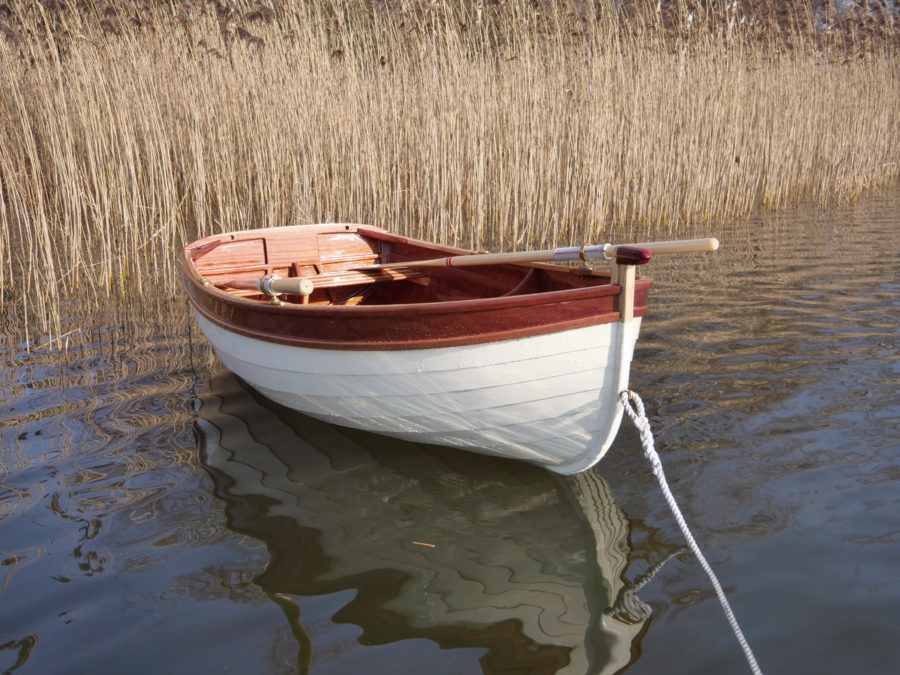

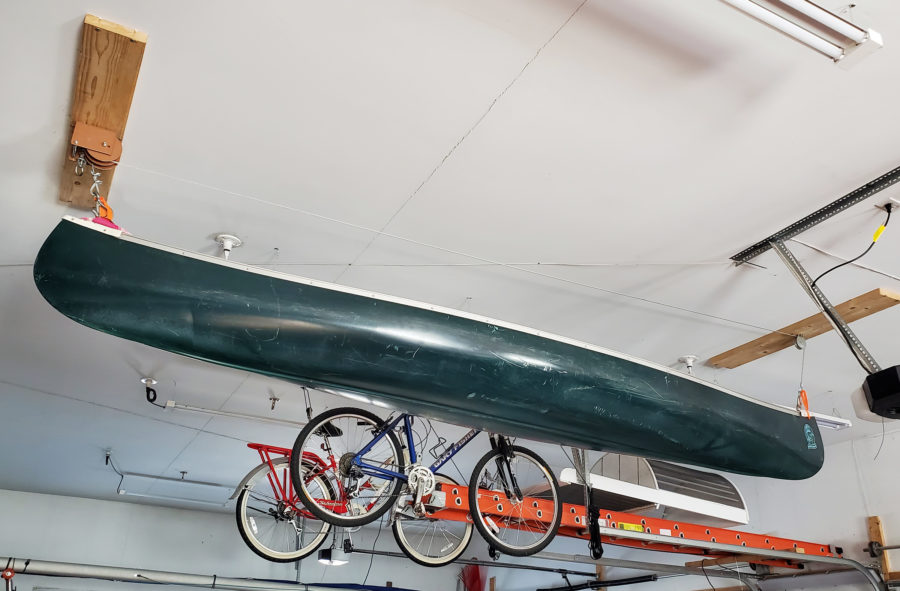
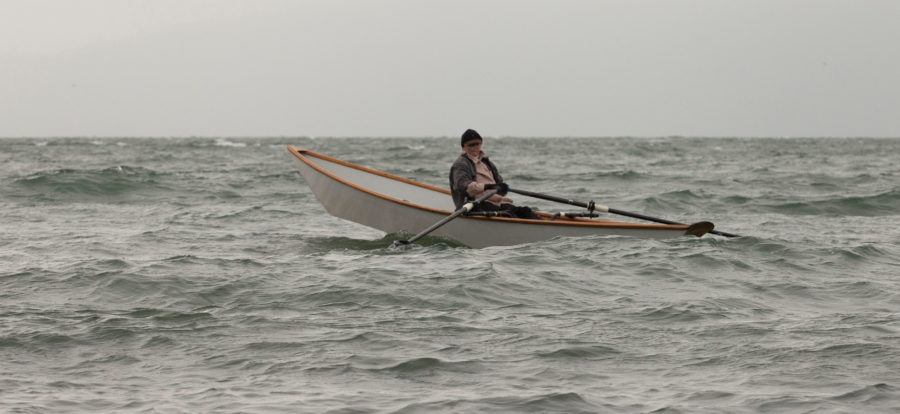
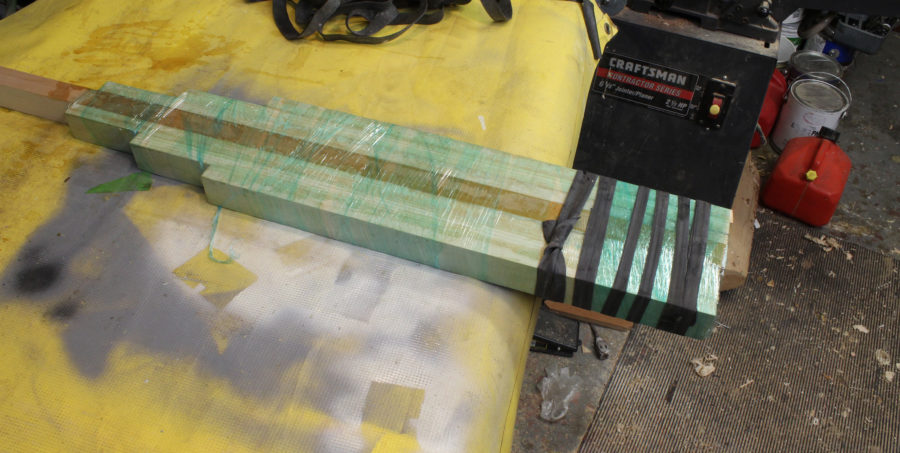
Some very useful information here. Thanks.
I have usually raised my trailers (with boats on) on small jack stands between uses. Will that allow me much beyond 6 years of use?
Tires can develop flat spots when they’re parked for long periods of time, especially if it’s cold. That may result in a bit of a bumpy ride until the tire warms up. Low profile and high-speed car tires are prone to flat-spotting, as it’s called in the tire industry, but trailer tires aren’t likely to be seriously affected by it.
Tire aging occurs with exposure to the environment and the air pumped into it, and will affect even a tire that has been attached to the trailer as a spare and has never touched pavement.
Christopher Cunningham, Editor
There is no such thing as an “expiration date” on tires. There are two main factors that ruin tires. The first with things like campers and RV’s is sitting with the tires low on air. The tires will crack between the tread and at the sidewall at the very bottom where the weight is. This of course also occurs with cars that sit for extended periods of time. The second is something that isn’t talked about, because most “guru’s” have no clue about the technical aspects of tires. Tire rubber is a synthetic compound, made with oil as a component. The more oil that is used, the more it costs, and the longer they last till they dry rot. Since domestic manufacturers are union and have high legacy costs, they have cut oil. Ever seen a 2-year-old Goodyear or Michelin car tire that was badly dry rotted? I’ve seen a lot of them. Chinese tires are actually lasting longer (dry-rot wise). If you run heavy loads, and wear out your tread, buy a high-quality tire. If your tires dry rot away because they sit, buy a cheap tire and keep a spare. You will find the cheap tires will last (dry-rot wise) multiple times longer. Qualifications: I have two ASE master certifications, and owned/operated an auto repair business for years.
Thanks, Chris. Like Burtt, I found this particular article very informative.
Thanks for this. Useful information and a good reminder about this often overlooked aspect of boating.
Another item for the trailer maintenance list are the wheel bearings.
They aren’t expensive to replace, but only if you do it in time.